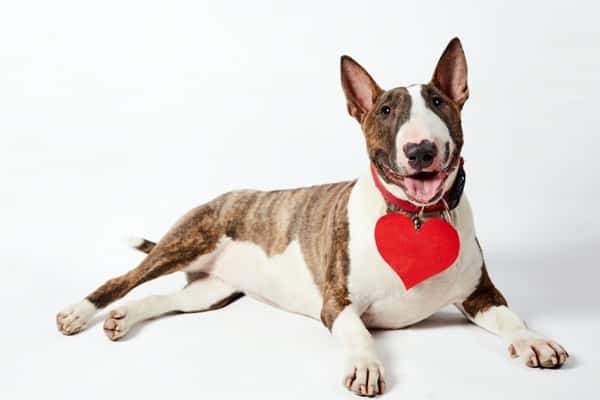To celebrate, we want to bring recognition to what these dogs do for their handlers on a daily basis and what we as dog owners/lovers should do when we come across one!
What is a Service Dog?
A service dog is a dog that has been specifically trained to perform a task to help mitigate that person’s disability. Service dogs can be trained to assist with tasks related to – but not limited to – blindness, deafness, autism, epilepsy, diabetes mobility issues, psychiatric conditions, medical conditions, and many more. Many illnesses and disabilities that service dogs assist with are invisible and may not be apparent to others.
They are considered medical equipment and are not pets. Service dogs can come in all shapes and sizes, never assume that a legitimate service dog has to be a Golden Retriever, Labrador, or that the handler has to be outwardly visibly disabled.
A service dog is a specifically task-trained dog that has been trained to mitigate their handler’s disability.
What is not a Service Dog?
Unlike therapy dogs who are there to greet and comfort the public, service dogs are working only for their handler.
Therapy dogs are trained to bring comfort the general public. They have no public access or housing rights.
Emotional support dogs are dogs that have been prescribed by a doctor for someone but are not task-trained to mitigate a disability. They have housing rights and airline rights but do not have public access rights
If a dog is NOT task-trained, working directly for an individual with a disability and under the direct control of the handler, it is NOT a Service Dog.
What should I do if I see a Service Dog?
The first thing you should do when you see a service dog is remind yourself that this dog is working and should be treated the same way you would treat a wheelchair or other medical equipment.
- Do not pet the service dog.
- Do not distract the service dog in any way.
- Pretend it’s not even there! It’s actually very polite to not even acknowledge the service dog’s presence and will put the handler at ease.
Distracting a service dog from their handler can be very dangerous. Something as simple as making kissy sounds at the dog can cause them to get distracted for just a split second, but in that split second, the dog can miss an alert to an on-coming seizure and the consequences can be life threatening.
In order to legally be a Service Dog with public access rights, a dog MUST meet all of these qualifications
- Must be specifically trained to perform work or tasks that mitigate the handler’s disability.
- Must be accompanied by a person with a physical, mental, developmental or other disability, or their trainer.
- Must be house trained and under the control of the handler.
There are no other requirements (no documentation, no gear, no certification, no registration, no identification, or be part of any organization) for a dog to be considered a Service Dog.
As a service dog trainer and handler, this is something that is very personal and dear to me. I encourage you to share this article with your friends and family so that the world can understand what services dogs do and how we should act around them.
Written by Amber Oliver


